Date: 31 March 2008
Visitors to the 19th edition of China Glass will learn about Glasstech’s production-proven glass processing systems that produce complex auto parts, efficiently temper Low-E glass and fulfill the needs of the emerging solar glass market for flat and bent substrates.
Automotive Systems
As the market for complex automotive glass parts increases, Glasstech has engineered new systems and updated existing systems to meet the demand for tighter tolerances, better optics and lower prices. The Glasstech family of External Press Bending (EPB) Systems for Automotive Glass and the Advanced Bending and Tempering System for Deep Bend™ Automotive Glass (DB™ 4) are good examples of how Glasstech is helping its customers meet this demand.
The EPB family of automotive systems enables manufacturers to produce sidelites, quarterlites, backlites, laminated backlites and windshields that meet the stringent optical quality requirements of Audi/Volkswagen and other industry requirements.
Glasstech’s family of EPB automotive systems currently includes the following three systems:
EPB-L™ system for forming and annealing windshield glass EPB-SS™ system for forming and tempering a single-stream of sidelites EPB-DS™ system for forming and tempering a single backlite or a dual-stream of sidelites
EPB automotive systems process with tight tolerance capability and produce parts with reflective and transmitted optics that meet all international automobile standards. In addition, EPB automotive systems have been used in the production of laminated sidelites. The EPB systems also can be configured to be highly productive. The patented EPB dual-stream process can press-form parts in as little as 3.5 seconds.
EPB systems can be customized to match a customer’s specific throughput needs.
Glasstech has enhanced the forming capabilities and operational efficiencies of its automotive industry-leading bending and tempering system with the introduction of the Advanced Bending and Tempering System for Deep Bend™ Automotive Glass with Quick Change and Fast Cycle options.
The Quick Change option reduces tooling changeover time from approximately six hours to 90 minutes. The Fast Cycle option reduces cycle times, on average, from 22 to 17 seconds.
Taken together, the two options can produce up to approximately 40 percent increase in productivity and are available as retrofit options as well as on new systems.
Additionally, to meet shape and accuracy challenges, Glasstech researchers have improved glass positioning on DB 4 tooling. A new glass detection system has demonstrated a significant reduction in off-form losses caused by upstream/downstream position variation.
This technology can be retrofitted to existing DB 4 systems or ordered as a part of a new system.
Glasstech has developed new methods to increase the surface area produced on the DB 4 by running some parts two-at-a-time, increasing productivity and operational efficiency. This process provides a more efficient use of energy, and it reduces the fabrication cost per part.
Examples of this approach include narrow backlites that can be run side-by-side and smaller doorlites that can run one in-front-of the other.
Architectural Systems
For processors involved in the architectural glass market, Glasstech offers the world’s leading systems for the efficient tempering of Low-E glass – The Architectural FCH2™ Forced Convection Heater Flat Glass Tempering System and the Architectural ERH2™ Electrical Radiant Heater Flat Glass Tempering Systems.
To temper glass with high-efficiency coatings, Glasstech has developed convection heating concepts using either natural gas or electric heating.
Glasstech’s FCH2 Forced Convection System, fired by natural gas, is the leading system for the efficient tempering of energy-saving Low-E flat glass. The FCH2 can heat clear glass at a typical rate of 30 seconds per millimeter of thickness and high-performance, soft-coat Low-E glass at a typical rate of 33 seconds per millimeter. This reduced heating time for Low-E glass provides for higher quality with less distortion and dramatically improves productivity and reduces processing cost.
The nozzles on Glasstech’s electric radiant heater system, the ERH2, are located above the glass line and deliver heat to the top coated surface of the glass, improving heating time for Low-E coated glass to 40-50 seconds per millimeter of thickness, compared to a standard radiant heating system’s 70 seconds per millimeter.
The ERH2 can be purchased as a new system or can be retrofitted to existing Glasstech ERH systems.
Solar Systems
Glasstech has the technology to meet the solar energy industry’s burgeoning demand for flat and bent glass substrates. Attention to extreme detail, as Glasstech has demonstrated repeatedly in the automotive industry, has led to the development of highly specialized offerings for the solar industry, which require repeatability, tight specifications, innovation and cost effectiveness.
Glasstech’s Cylindrical Radius Bender – Solar Parabolic Shapes (CRB-S™) is the most efficient and precise system in the world for the processing of parabolic shapes for concentrated solar power (CSP). For the photovoltaic market (PV), the Glasstech Electric Radiant Heater – Solar Features (ERH-S™) and the Forced Convection Heater – Solar Features (FCH-S™) offer the highest productivity flat-glass systems meeting the very precise flatness specifications required for active plate and cover plate processing.
Glasstech has engineered the CRB-S as a cost-effective and efficient means of providing the glass parts needed by the CSP market.
Glasstech’s CRB-S features a forming bed that is 1,700mm by 2,000mm and processes glass of varying thicknesses, depending on the surface-strengthening treatment required. The system will form glass from 1.6mm up to 5.0mm for the specifications and tolerances needed for solar parabolic trough reflector glass parts.
CRB-S systems maintain characteristics similar to other systems in the CRB family and are able to form constant radius shapes, J-bends and the shapes needed to comply with parabolic trough specifications. The CRB-S meets the needs of the Concentrated Solar Power industry by delivering the tolerances and repeatability required to produce the large volume of glass parts the CSP industry will use.
Glasstech’s CRB-S does not use dedicated tooling. It bends glass using patented, computer-controlled technology. Because of its unique shape control, glass produced on the CRB-S achieves strict tolerances and a high degree of shape repeatability. A typical system, configured to produce parabolic parts, will produce up to 150 parts per hour dependent upon thickness and size requirements.
The CRB-S’s flexibility is due to its computer-controlled forming. Shape changes take only minutes. Each section of parabolic reflector requires distinctly shaped glass parts. Additionally, the CRB-S can produce low-stress glass for lamination and heat strengthened or fully tempered glass parts with minimal system changes.
To meet the needs of the PV market for extremely flat glass substrates, Glasstech has engineered solar glass versions of its gas and electric tempering systems.
The ERH-S is a continuous tempering line featuring Glasstech’s electric radiant heater. The system will flat temper high transmission (low-iron) glass for cover panels and active (coated) glass as well as clear glass for PV panels. The ERH-S processes these glass parts at fast cycle times with highly accurate perimeter and surface tolerances.
For systems that also will process Low-E glass, an electric convection heater can be selected as an option.
Glasstech’s gas-fired convection heater system, the FCH-S, also is a continuous flat-tempering system. The FCH-S requires less floor space than the ERH and achieves the speeds and tolerances so important to the PV market.

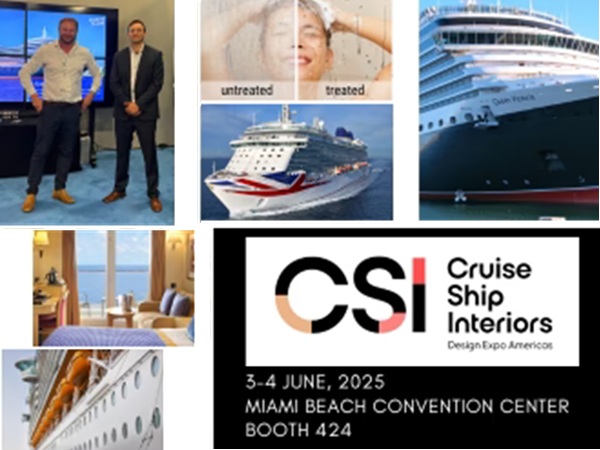
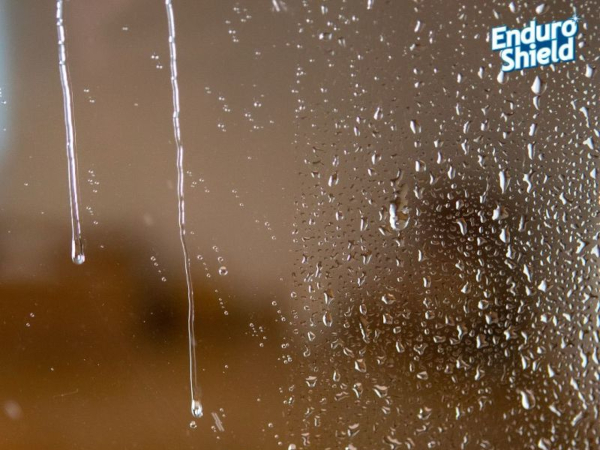
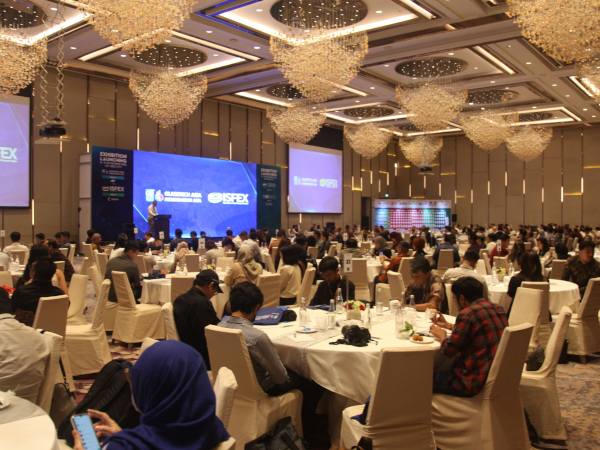
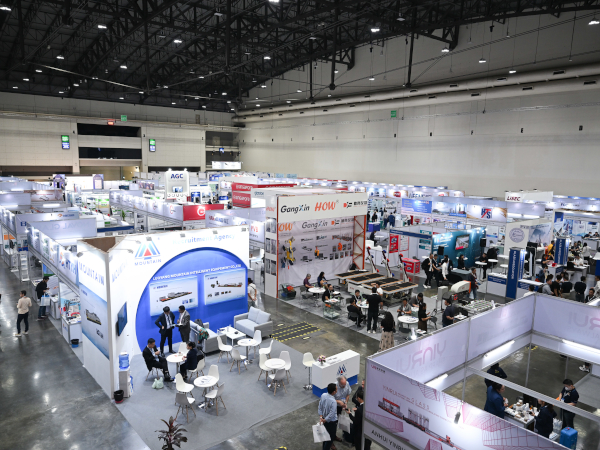
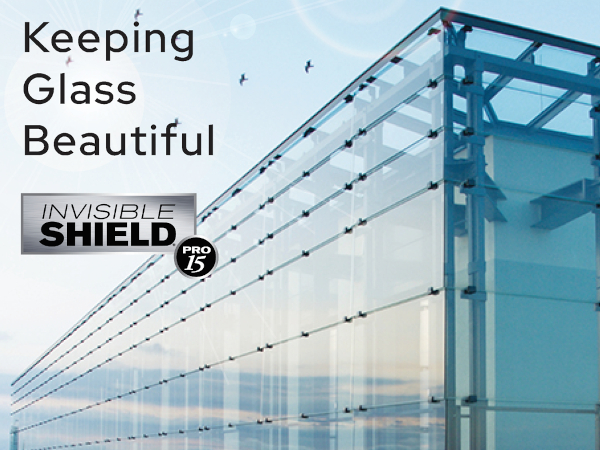
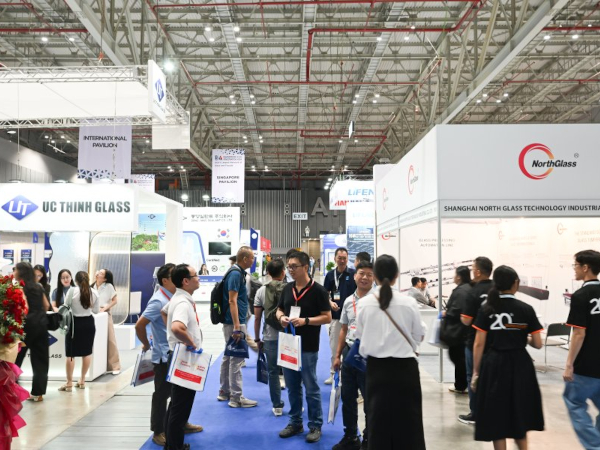








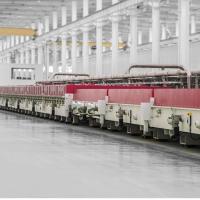
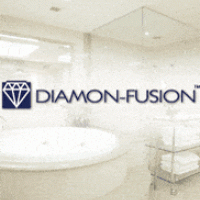
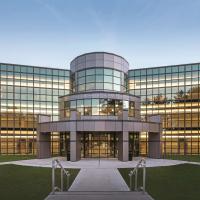
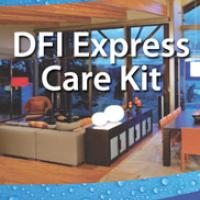
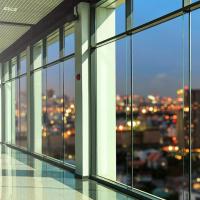

Add new comment